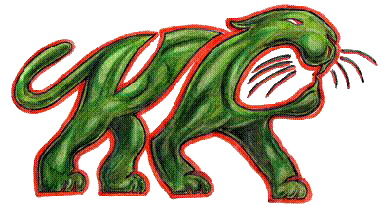Ancient Camel Carvings Found To Be Oldest Surviving Animal Relief
November 4, 2021
When this series of life size carvings were originally found in 2018 by a team of archaeologists in northern Saudi Arabia, the carvings were estimated to be around 2,000 years old. Now new studies show that this age estimate was off by as much as 6,000 years. The findings of the new study were published in the Journal of Archaeological Science: Reports, and suggest that the carvings actually date back between 7,000 and 8,000 years ago.
If this estimate is correct it would mean that these sculptures are the oldest surviving large scale, three dimensional animal reliefs, predating the Pyramids of Giza by close to 3,500 years and Stonehenge by up to 3,000 years. As lead author Maria Guagnin, an archaeologist at the Max Planck Institute for the Science of Human History said in an interview. “They are absolutely stunning and, bearing in mind we see them now in a heavily eroded state with many panels fallen, the original site must’ve been absolutely mind blowing.” Ancient people carved the images, which depict a dozen camels along with what could have been horses, into three rocky spurs. These carvings would be classified separately from other similar artworks as they are relief carvings which are a type of carving that is made by carving the image into a flat piece of wood or stone so that it protrudes slightly from the rest of the material.
The original age estimate was partly based on the existence of other carvings found in the Jordan valley that were made during that time. However radiocarbon dating, analysis of weathering patterns and other dating methods along with there being no evidence of pottery or metal tools being used now suggest a much older origin. With this new information researchers now believe that this was a Neolithic site which could give us insight into how people lived during the stone age.
The site proved a challenge to researchers trying to puzzle out its actual age. The site is in a very eroded state and as Guagnin mentioned one of a kind. “Part of the difficulty in dating the site is that there are no parallels to it, so it was difficult to imagine what it was linked to.” Guagnin said. “Quite a few Neolithic depictions of fauna are equally life-size, detailed and naturalistic but they are two-dimensional. This made us think that the Camel Site is part of this wider tradition but has a special place within that because it’s the only spot where we have it so concentrated and where we have high relief to the point that it looks like the animal is coming out of the rock.” Guagnin also added that the camels depicted were likely wild and not domesticated. The people who made these sculptures most likely got their food from hunting these wild camels along with herding cattle, sheep and goats which could help us understand the carvings’ importance.
As Guagnin explained in an interview, “Communities of hunters and herders tend to be very dispersed and mobile, and it’s important for them to meet at regular times during the year, to exchange information, spouses and so on. So whatever the symbolism of the sculptures, this may have been a place to bring the whole community together.” Guagnin continued saying that, “Neolithic communities repeatedly returned to the Camel Site, meaning its symbolism and function was maintained over many generations.” This idea is supported by weathering patterns that show that the sculptures were repeatedly reengraved and reshaped over time meaning these people had been maintaining them.
With erosion still occurring the already weathered site is quickly degrading, researchers say that it’s important to learn as much as we can about the site before the carvings are too damaged to be studied any further.





























